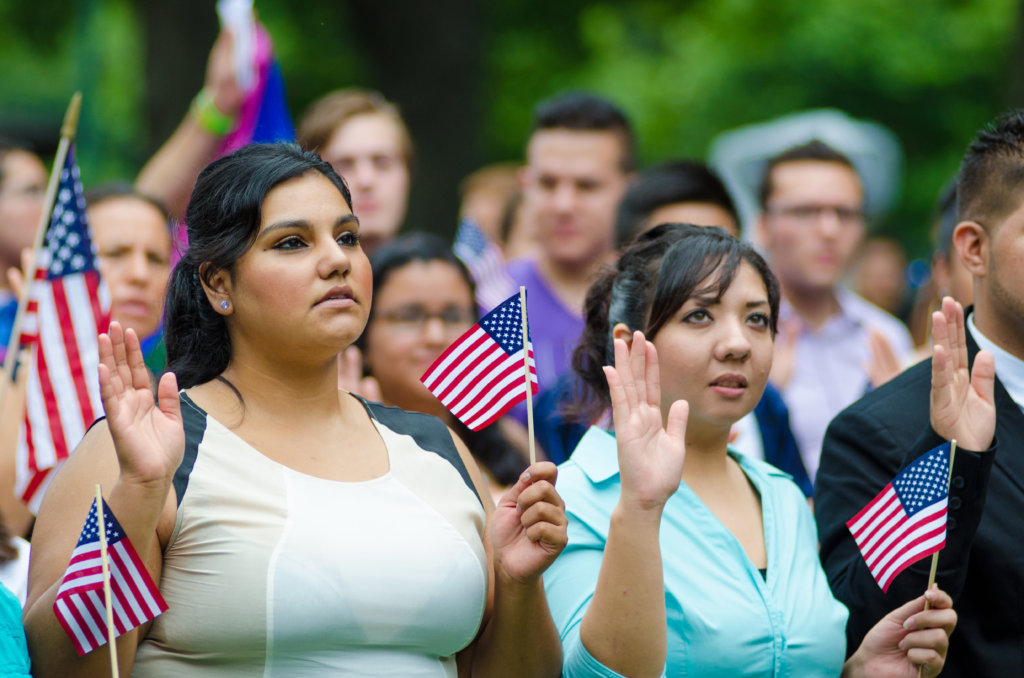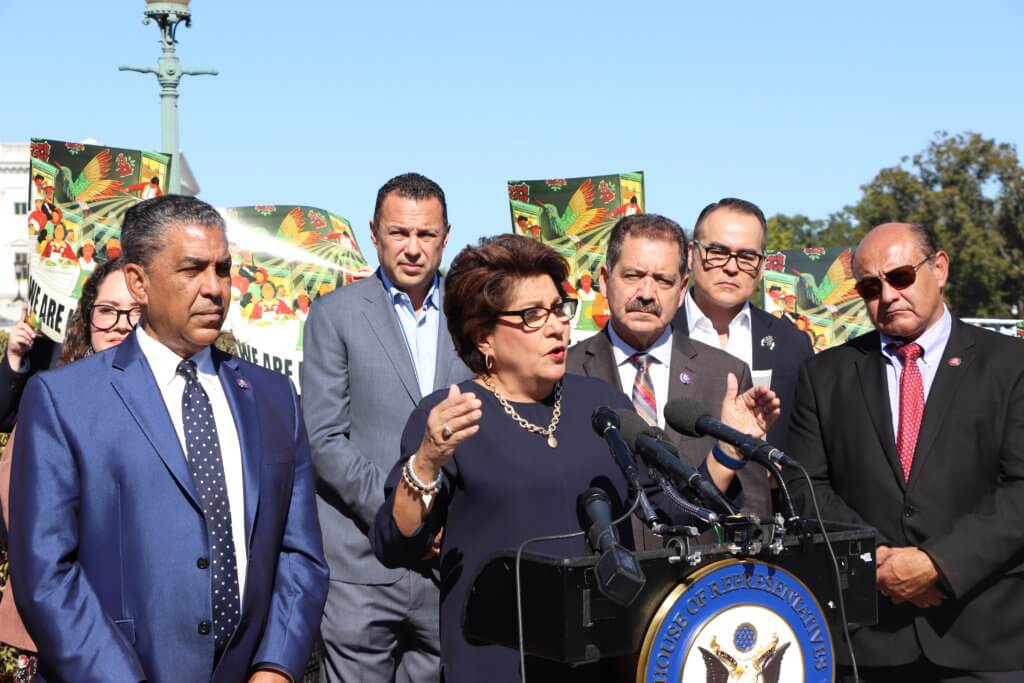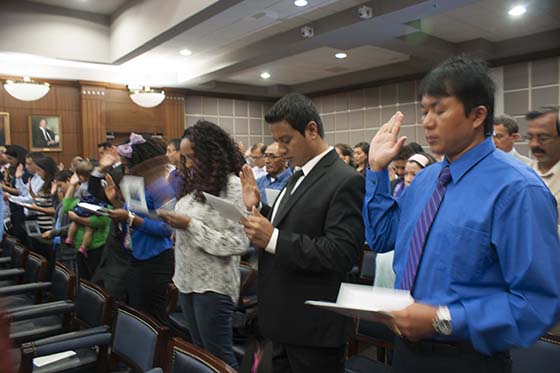America’s Multicultural Heritage: How We Can Teach about Immigrants
 Not far from the U.S. Capitol, where immigration reform is a hotly debated topic, a third-grade elementary class in Prince George’s County, Md., was learning about immigration.
Not far from the U.S. Capitol, where immigration reform is a hotly debated topic, a third-grade elementary class in Prince George’s County, Md., was learning about immigration.
They practiced a skit featuring Uncle Sam hosting a dinner party for his friends, while an “uninvited guest” tries to sneak in through the window. Not being the most subtle play, the production ends quickly with Uncle Sam berating the immigrant, saying, “You are going back to where you came from. For the health and safety of my people, that’s how it’s got to be.”
Teaching students about immigration with “The Uninvited Guest” seems grossly out of touch, especially considering that we’re in the midst of a heated immigration debate that has resulted in the passage of a comprehensive bill in the U.S. Senate. Moreover, 16 states offer in-state tuition to undocumented college students, and localities from California to New York City plan to offer undocumented Americans municipal ID cards regardless of immigration status.
The play was cancelled, fortunately, after a parent raised concerns about its strong anti-immigrant bent. Still, it’s striking that a script which manages to associate undocumented immigrants with criminality, unhealthiness, drugs, and danger in four short pages was ever proposed in the first place.
While we don’t know why a teacher would propose such an inappropriate play, it could have something to do with the dearth of Latino educators in the local school system. Prince George’s County is home to a growing population of Latino families from both immigrant and native-born origins, but only 3 percent of the county’s school employees are Hispanic.
Having more Latino colleagues might have prompted a teacher to ask whether the play in question was appropriate or offensive.
 Today, over 80 percent of Americans support a pathway to citizenship for undocumented immigrants, and public opinion has increasingly titled in favor of honoring our American tradition of welcoming immigrants rather than excluding them. As our country continues to diversify and Latinos make up a larger share of the population, our schools and communities should find ways to foster and respect a culture of understanding toward America’s longstanding immigrant heritage.
Today, over 80 percent of Americans support a pathway to citizenship for undocumented immigrants, and public opinion has increasingly titled in favor of honoring our American tradition of welcoming immigrants rather than excluding them. As our country continues to diversify and Latinos make up a larger share of the population, our schools and communities should find ways to foster and respect a culture of understanding toward America’s longstanding immigrant heritage.
The current immigration debate and this unfortunate incident in Maryland offer us all an excellent teachable moment. Let us commit to teaching our children the truth about our country’s history: we are a nation of immigrants.
By teaching young students that some classes of immigrants are to be feared, schools deny the reality of the immigrant rights movement occurring today. Immigrants are as much a part of America as any one of us, and our children deserve to know this truth.


